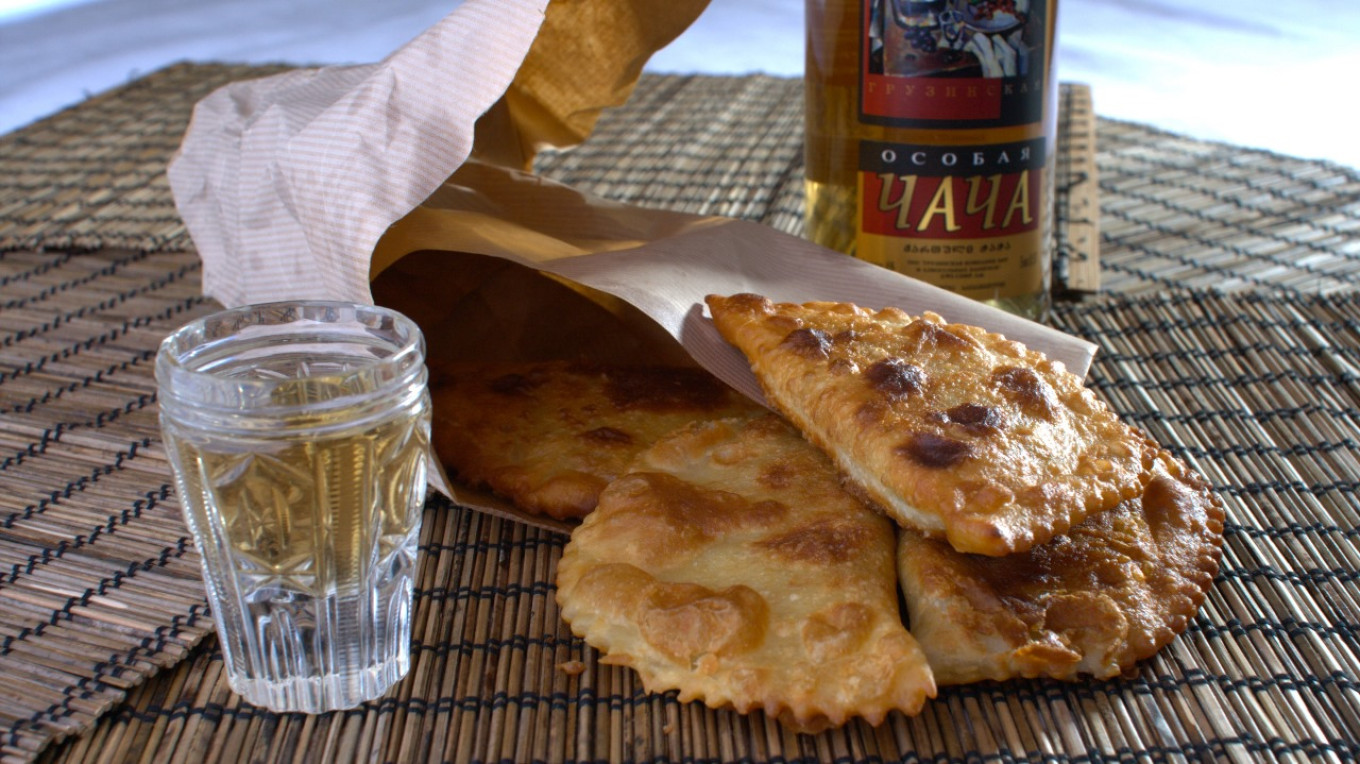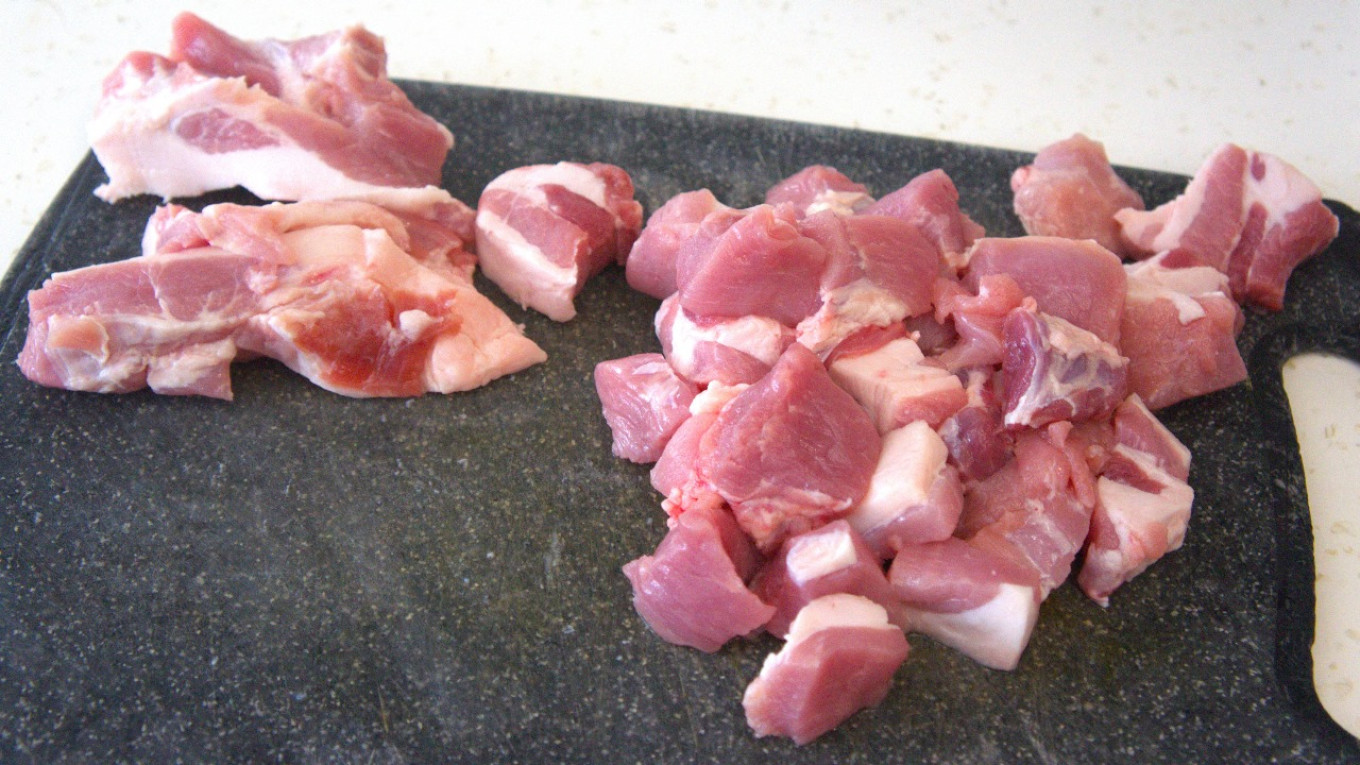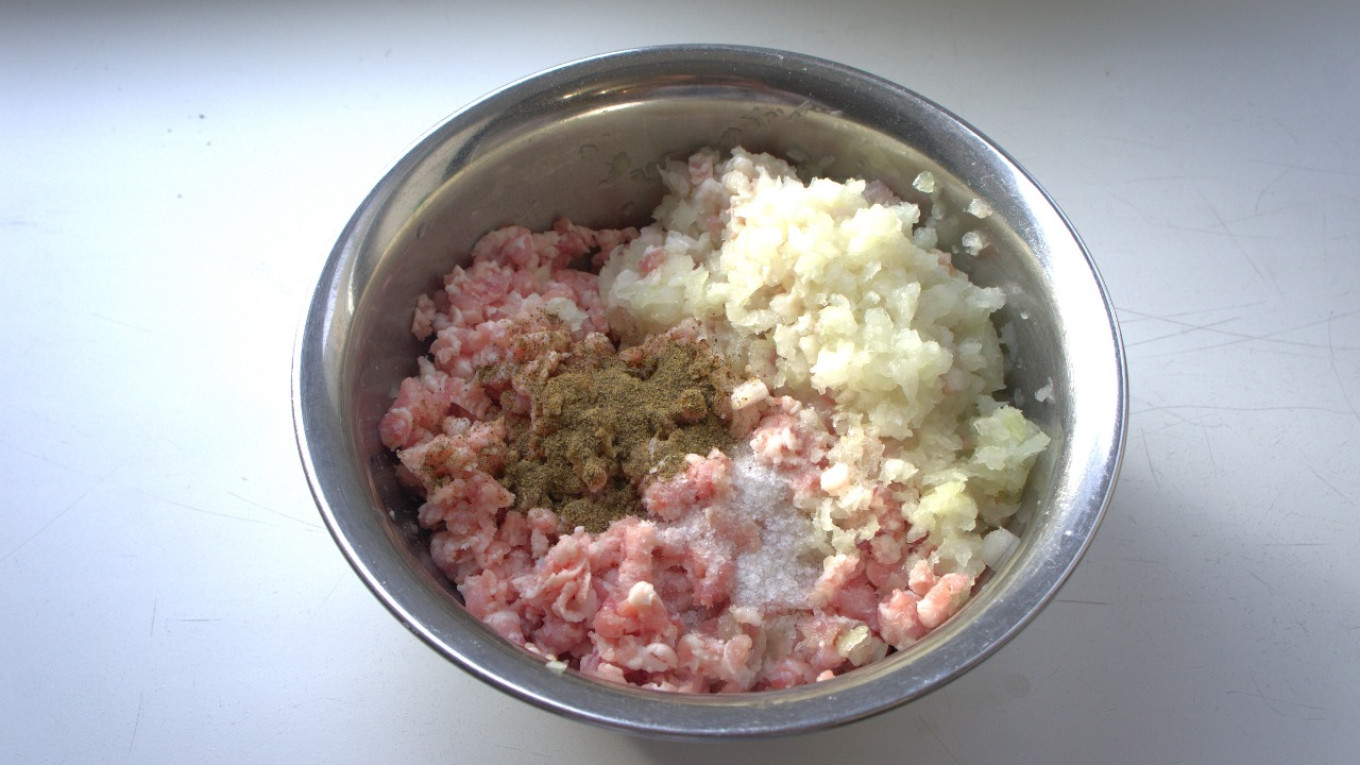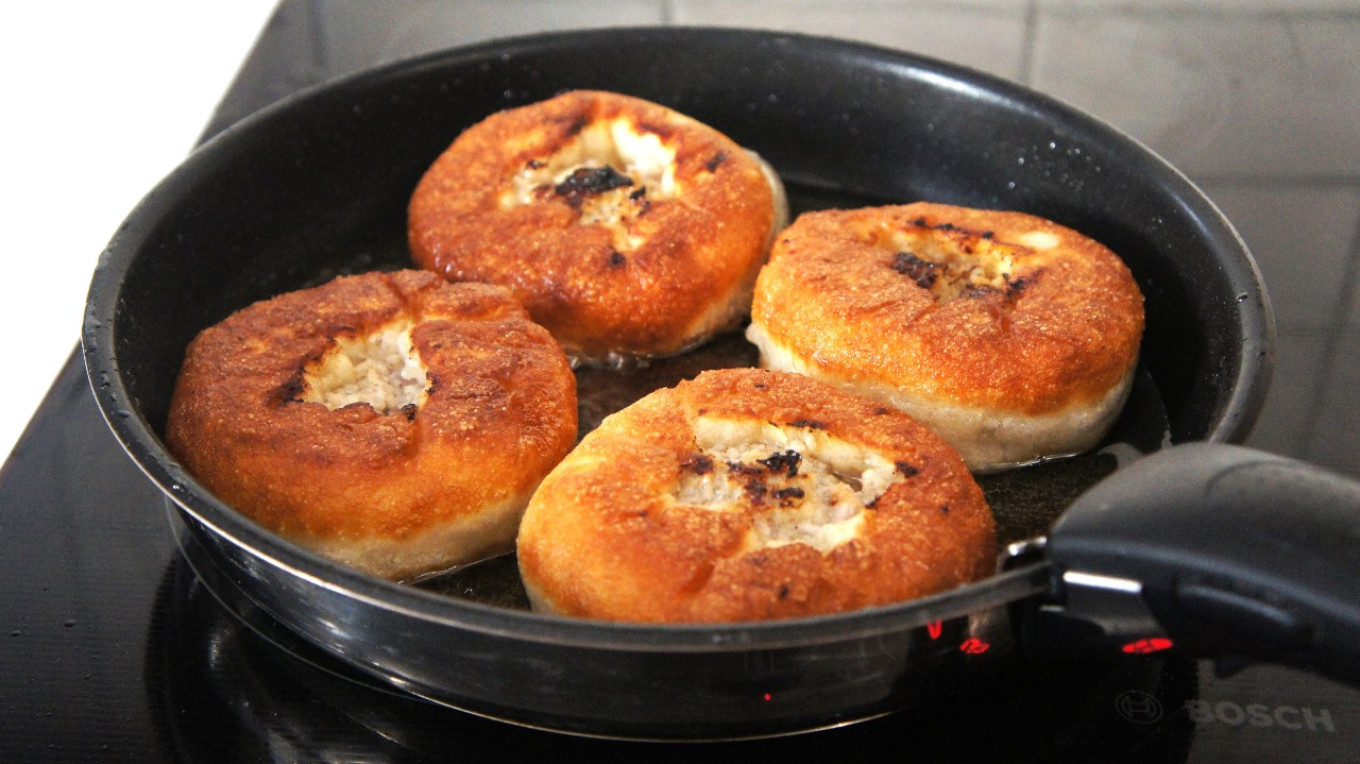All over the world people have their own version of meat wrapped in dough and fried in fat or oil. In Russia the favorite versions are chebureki (singular – cheburek) and belyashi (singular – belyash). But although people love them, they get their origins and even names wrong.
The word “cheburek” was barely known in Central Russia until the 1950s. The first dictionary that included the word was the pre-war “Explanatory Dictionary” by Dmitry Ushakov (1935 – 1940). But in just 10-15 years it was a completely different story. There is a great deal of cultural exchange between ethnic groups and their culinary traditions that is entirely independent of the authorities and their policies. And sometimes the non-governmental sharing of traditions takes on quite unexpected forms.

Today you can find chebureki all through Central Asia. But they are not native to those cultures. Chebureki were originally a Crimean Tatar dish, and they came to Central Asia during the post-war exile of hundreds of thousands of native inhabitants of Crimea. In the Central Asian republics the meat pastries were quickly accepted and became a part of local cuisine forever. From there in the 1950s chebureki “migrated” to Moscow and Leningrad, where people considered them an Asian dish.
For most people in Russia, chebureki are firmly associated with their Soviet youth. Forty years ago chebureki cafes (called cheburechnaya) were not just a place to grab a bite to eat, but centers of social life. Here students would gather with their friends, discuss the news, and share their stories. One of the capital’s first chebureki cafe on Sukharevskaya Square is still open today, and many people are drawn there by nostalgia. Neighbors there say that ,uxurious black Mercedes often double-park outside and drivers wait for their passengers, who want to stop time for a moment and re-experience their student years.

But what about the names? There is some linguistic confusion with belyashi. In the Tatar language, the word “balish” just means “pie.” In most cases this refers to a little pie filled with potatoes or, less often, grain or minced meat. What we know and love as belyash is actually called peremyach in Tatar. How is it cooked in its homeland in Tatarstan? Roll out unleavened dough. Make a filling of finely chopped meat and onions. Roll out circles of dough, place a bit of meat on the dough and carefully gather the edges, leaving a small hole in the center. Then it is baked in the oven.
So the belyash was originally round, although in some place they were triangular. In Tatarstan and Bashkortostan the little triangular pie is called echpochmak.

A real belyash, i.e. peremyach, is fried in oil, and in a rather tricky way. First, it is placed with the hole-side down so a crust forms and the juice does not run out. Then it is turned over and cooked until done while the cook drips a bit oil into the meat in the pie from time to time. The result is delicious and moist! But so oily! With belyashi you can forget your diet. In the old days, people compensated for such high-calorie and high-fat food with hard work, sometimes in the cold. Now you can just try to limit yourself to one or two belyashi. But in our experience, with homemade belyashi, this is an utterly unattainable goal.
Moscow has always been an international city, and Moscow cuisine is the result of the fusion of various culinary traditions. Tatars, the second largest ethnic group in Russia after Russians, played an important role in the life of the capital. Since the 17th century they traditionally settled in the area across the Moscow River from the Kremlin. This neighborhood (Zamoskvorechye) had the Tatar Sloboda (Quarter), which has come down to us today only in the street names Bolshaya and Malaya Tatar Streets. Muscovites had time to learn to cook and love belyashi. Moscow’s version differs a bit from the original. Moscow cooks add pork to the minced beef, which is unacceptable for Tatars or Bashkirs practicing Islam. When they make them, they use either fatty beef or lamb.
Belyashi
Notes: The filling for belyashi can be whatever you prefer: pork, pork mixed with beef or lamb. Since flour is different everywhere, you may need to add more.
Ingredients
- 360 g (3c or 12.75 oz) of premium quality wheat flour, sifted
- 180 ml (3/4 c) milk or water
- 1 tsp sugar
- pinch of salt
- 7 g (1/4 oz or 2 tsp) dry yeast
- 1 Tbsp vegetable oil
For the filling
- 500 g (1.1 lb) minced meat
- 1 large onion
- salt, freshly ground pepper to taste
- vegetable oil for frying belyashi

Instructions
- Pour warm milk into a mixing bowl for dough, add yeast, sugar and 1.5 Tbsp of the flour. Stir with a whisk and leave for 15 minutes so that the yeast bubbles and is activated.
- Add the sifted flour, salt, vegetable oil and knead the dough until it becomes elastic and no longer sticky. Cover with a towel and leave for 1.5 -2 hours.
- For the filling, pass the meat through a meat grinder. Dice the onions and squeeze lightly. Add them to the minced meat. Salt and pepper to taste, mix well and put in the refrigerator for 1 hour.

- Dust a surface with flour and place the risen dough on it. Roll the dough into a log and cut into pieces of about 40 g (1.5 oz). Roll them into balls and leave for 10-12 minutes.
- Flatten the pieces with your hands into circles with a diameter of 10 cm (about 4 inches) and place 40-45 g (about 1.5 oz) filling in the center of each one. Bring the edges of each belyash to the center over the filling and pinch, leaving a small hole.

- Heat the vegetable oil in a deep frying pan. There should be enough oil to come half-way up the belyashi. To test the oil to make sure it’s hot enough, dip the tip of a toothpick in the oil. If it is hot enough to fry, little bubbles will surround the toothpick.





